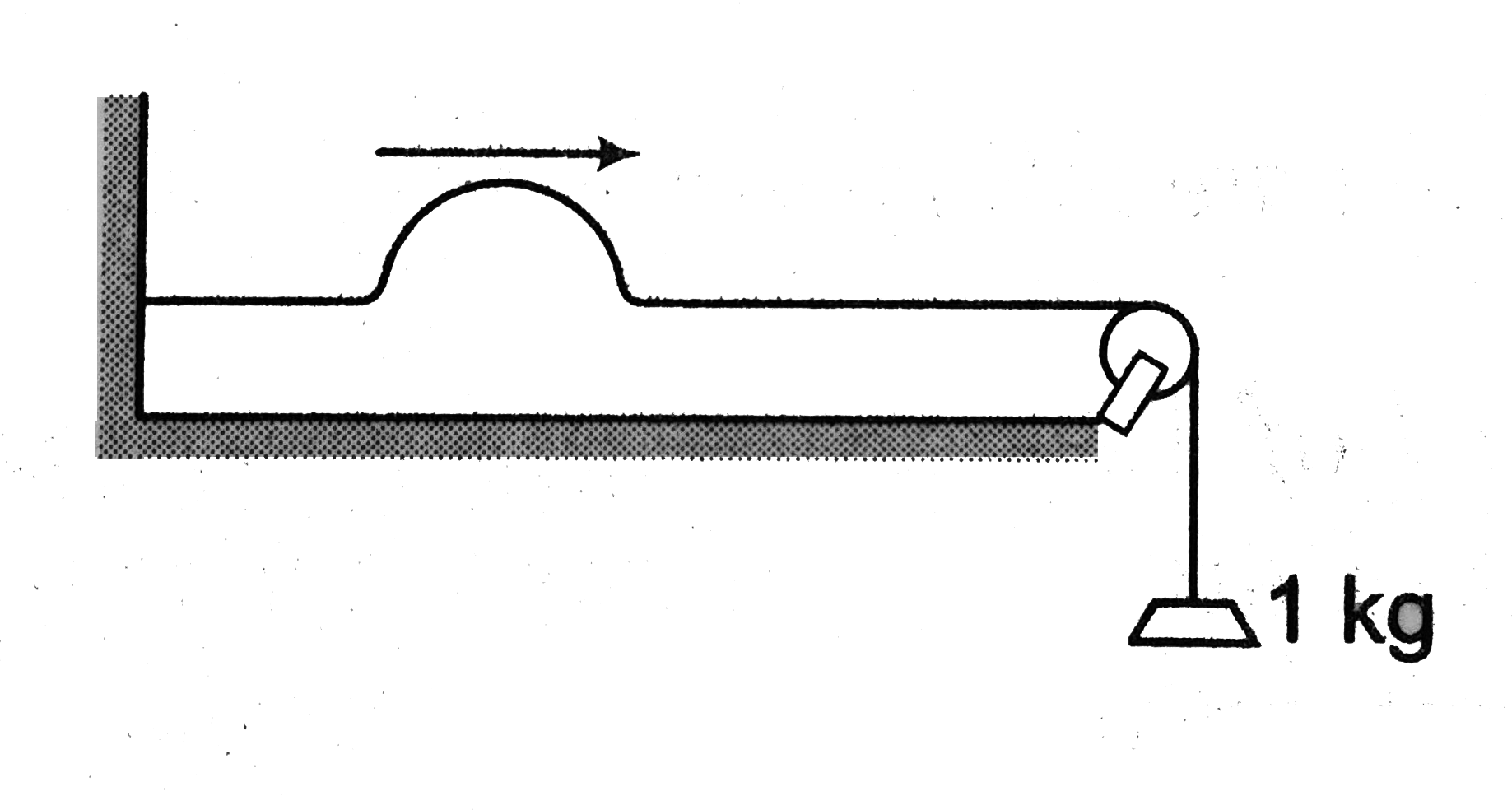Text Solution
Verified by Experts
The correct Answer is:
|
Topper's Solved these Questions
WAVES AND OSCILLATIONS
ALLEN |Exercise Part-1(Exercise-04)[B]|13 VideosView PlaylistWAVES AND OSCILLATIONS
ALLEN |Exercise Part-1(Exercise-05)[A]|28 VideosView PlaylistWAVES AND OSCILLATIONS
ALLEN |Exercise Part-1(Exercise-03)|31 VideosView PlaylistSEMICONDUCTORS
ALLEN |Exercise Part-3(Exercise-4)|50 VideosView Playlist
Similar Questions
Explore conceptually related problems
Knowledge Check
Similar Questions
Explore conceptually related problems
ALLEN -WAVES AND OSCILLATIONS-Part-1(Exercise-04)[A]
- A steel wire of length 1 m and mass 0.1 kg and having a uniform cross-...
03:38
|
Play - In the arrangement shown in figure, the string has a mass of 4.5 g. Ho...
05:17
|
Play - Figure shows a string of linear mass density 1.0g cm^(-1) on which a w...
01:23
|
Playing Now - A string vibrate according to the equation y = 5 sin ((pi x)/(3)) cos ...
05:41
|
Play - A bat emits ultrasonic sound of frequency 100 kHz in air. If this soun...
02:15
|
Play - The vibrations of a string of length 60cm fixed at both ends are repre...
05:13
|
Play - Given below are some functions of x and t to represent the displacemen...
02:37
|
Play - If the bulk modulus of water is 4000 MPa, what is the speed of sound i...
01:12
|
Play - A steel rod 100 cm long is clamped at its middle. The fundamental freq...
03:07
|
Play - Two successive resonance frequencies in an open organ pipe are 1944 Hz...
02:38
|
Play - A flute which we treat as a pipe open at both ends is 60 cm long. (a) ...
02:26
|
Play - A string 25cm long and having a mass of 2.5 gm is under tension. A pip...
03:03
|
Play - Two tuning fork having frequency 300 Hz & 305 Hz produce beat phenomen...
02:27
|
Play - Two sitar strings A and B playing the note 'Dha' are slightly out of ...
02:58
|
Play - A source of sound of frequency 256 Hz is moving towards a wall with a ...
03:15
|
Play - A person going away from a factory on his scooter at a speed of 36 km/...
02:35
|
Play - A car has two horns having a difference in frequency of 180 Hz. The ca...
01:19
|
Play - A whistle emitting a sound of frequency 440 Hz is tied to string of 1....
06:41
|
Play - Two tuning forks with natural frequencies of 340 Hz each move relative...
03:06
|
Play - A SONAR system fixed in a submarine operates at a frequency 40.0kHz. A...
05:10
|
Play
